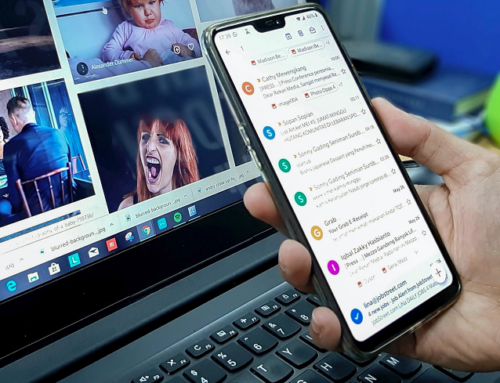The first step of the accounts receivable management process is invoicing. It seems pretty straight forward and easy, but many times unclear invoices are at the root of late payments. Sometimes in our rush to make sure the invoice goes out, we forget a thing or too, or simply choose not to do it because we don’t have the time. Not including many items on an invoice or in your invoicing process, however, can lead to no payment at all. These bad habits need to be put to rest if you expect to get paid all that is owed to your company. Here are 8 common invoicing bad habits to break in order to become more effective in not only collecting accounts receivable, but doing it before they are past due.
SENDING INVOICES LATE
If your customer doesn’t have the invoice it can’t get paid. Further, invoices that come months after the fact can cause confusion if the customer can’t remember the transaction.
SENDING UNCLEAR OR INCOMPLETE INFORMATION
The invoice should state what the billing is for – what products or services were delivered and when. Provide as much detail as practical so the customer knows they are paying for. This should go without saying but make sure the invoice is readable and professional looking – not handwritten or badly formatted. Standard accounting software can help you generate a decent looking and effective invoice, however these invoice usually need to be tweaked a little to ensure all relevant information is added.
SENDING THE INVOICE TO THE WRONG ADDRESS OR CONTACT
Large organizations can be complicated and sending an invoice to the wrong address could lead to it being lost or delayed. Do you send the invoice directly to Accounts Payable or should it first go to the person who made the purchase for approval before it is forwarded to AP for processing? Be sure to ask the customer’s representative where to mail the invoice if it’s not clear from a purchase order or other such document.
SENDING AN INVOICE THAT DOES NOT FOLLOW YOUR CUSTOMER’S INVOICING PROCEDURES
Many times, an organization will have certain requirements that need to be filled in order for the accounts payable to make payment on the invoice. Some departments cannot make payment on an invoice, but rather have to have a statement. Some departments will not make a payment if a purchase order is not attached. Make sure that you are aware of every customer’s payment needs so you can ensure that they are set up and prepared to make payment every time the invoice is sent out.
SENDING AN INVOICE WITH UNCLEAR EXPECTATIONS
With all the work and invoices that your customers are swamped in every day, it’s important that your invoices and clear and not cryptic. Don’t make them go searching for or calculating the due date. If you do, they might just set aside your invoices until they have the time to deal with them. Be sure to calculate the due date of the invoice and make it clear how payment should be given.
FORGETTING A REMIT TO ADDRESS
The remit to address, or a link to make a payment on your secure payment portal, is your direct link to getting your customer to make payment. Without a remit to address, what is the customer to do? They will most likely say “oh well, I don’t have time to call and ask today”. You’re just giving them another excuse not to make payment immediately. Including a link to a payment portal is the best way to go on this one because no checks or waiting for mail is involved. They can simply click a link and make a credit card or ACH payment immediately.
NOT INCLUDING LATE FEES AND OTHER CONSEQUENCES OF LATE PAYMENTS
The exact language can vary and you might want to have your legal advisor review or provide the exact wording. The fee percentage (interest rate) is regulated in some states so be sure you know what the limits are. Practically speaking this is typically in the 1% – 1.5% per month range. More than that could seem excessive; less than that isn’t worth the trouble.




